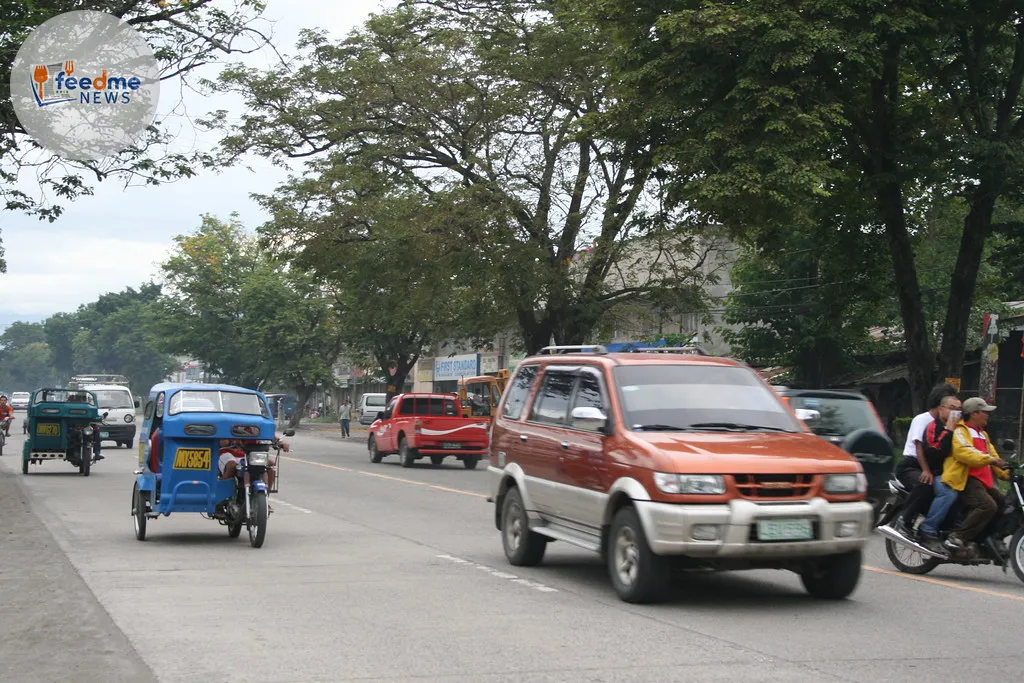A powerful 7.6-magnitude earthquake struck the southern Philippines on Friday, shaking communities across Mindanao and prompting a short-lived tsunami warning for coastlines near the epicentre. The Philippine Institute of Volcanology and Seismology (Phivolcs) warned that hazardous waves of up to three metres were possible along nearby shores, before regional alert centres reported the immediate risk had eased. President Ferdinand Marcos Jr said authorities had begun assessing conditions on the ground and preparing search and rescue operations as officials reviewed early reports and mobilised resources. The Pacific Tsunami Warning Center later confirmed that the tsunami threat had passed, allowing coastal communities to step down from precautionary measures. The quake underscored the country’s exposure to strong seismic events and the critical role of fast, coordinated alerts in protecting lives in the Philippines’ island provinces.
Context and Timing
The earthquake struck Mindanao on Friday, 10 October 2025. Phivolcs issued a tsunami warning soon after the tremor, covering coasts within 300km of the epicentre. The warning advised caution for at-risk shorelines while authorities monitored sea levels. A few hours later, the Pacific Tsunami Warning Center said the immediate threat had passed and allowed communities to reduce emergency measures.

Tsunami alerts triggered by Mindanao quake
Phivolcs moved quickly after the quake and warned that hazardous tsunami waves could impact coasts within a 300km radius. The alert covered stretches of shoreline near the epicentre and prioritised life safety for residents in low-lying areas. Officials highlighted the risk of strong currents and unusual sea-level changes, which can follow undersea earthquakes. The guidance aligned with standard practice: get to higher ground, avoid the shoreline, and monitor official updates.
The Pacific Tsunami Warning Center later said that the tsunami threat had passed. The step-down came after regional monitoring did not indicate ongoing hazardous conditions for distant coasts. Authorities still urged the public to remain careful around the water and to follow local guidance, since sea conditions can remain unsettled after major quakes. The rapid cycle from warning to stand-down reflected an alert system designed to act early and scale back when data supports it.
Government response focuses on assessment and readiness
President Ferdinand Marcos Jr said officials had started assessing the situation on the ground and preparing search and rescue operations. National and local teams began gathering information on the impact, with priority on affected coastal areas and communities close to the epicentre. Initial actions included checking critical infrastructure, communications, and access routes to support any potential relief deployments.
Emergency agencies stressed the value of early coordination across provinces. Response teams prepared to move supplies and personnel if needed, while authorities reviewed reports from local governments and first responders. Officials monitored aftershock risks and urged vigilance, recognising that large quakes can disrupt basic services and create hazards beyond the initial shaking.
What a 7.6-magnitude earthquake signals
A 7.6-magnitude earthquake ranks as a major event capable of severe shaking near the epicentre and strong tremors across a wide area. Seismologists use the moment magnitude scale to measure the energy released by a quake; each whole number increase represents a significant jump in energy. Events at this level can damage buildings, trigger landslides, and disturb the seafloor, which can, in some cases, lead to tsunami generation.
Strong earthquakes often produce aftershocks. These smaller tremors can follow for days or weeks and can unsettle already weakened structures. Authorities therefore advise residents to stay cautious, check for hazards inside homes, and follow guidance from local disaster offices. While not every quake generates a tsunami, undersea quakes of this strength prompt alert centres to act out of caution until data confirms the level of risk.
The Philippines’ seismic risk and coastal exposure
The Philippines sits on the Pacific Ring of Fire, where several tectonic plates meet and grind against one another. This position drives frequent earthquakes and contributes to volcanic activity across the archipelago. The southern island of Mindanao experiences regular seismic events, and communities there maintain preparedness plans that account for both inland shaking and coastal hazards.
Many communities in Mindanao live close to the sea and depend on maritime trade and fishing. That coastal exposure increases risk when alert centres detect potential tsunami activity. Quick warnings, clear evacuation routes, and community drills form vital parts of local resilience. Friday’s rapid advisory, followed by a step-down when the threat eased, showed how authorities aim to balance early caution with measured updates as data arrives.
How tsunami warnings work in the region
When a strong undersea quake occurs, agencies such as Phivolcs and the Pacific Tsunami Warning Center review seismic readings and sea-level gauges for signs of a tsunami. If initial assessments suggest a credible risk, they issue warnings for nearby coastlines. These warnings emphasise immediate actions: move inland or to higher ground, stay away from beaches and river mouths, and wait for official all-clear messages.
As more information comes in, including tide gauge data and ocean observations, agencies update their guidance. If instruments do not detect dangerous waves or if conditions stabilise, officials reduce or lift warnings. This approach prioritises safety first while limiting disruption once data supports an improved outlook. On Friday, the system performed as designed: it alerted coastal communities early and then eased restrictions after monitoring showed reduced risk.
Public safety guidance and community preparedness
Officials consistently advise residents to prepare for earthquakes with simple steps: anchor heavy furniture, secure breakables, identify safe spots at home, and keep emergency kits stocked. During shaking, people should drop, cover, and hold on. After the tremor, residents should check for hazards such as gas leaks, unstable walls, or downed power lines and follow local instructions.
For tsunami risk, the advice remains direct: if you feel strong or long shaking near the coast, move to higher ground without waiting for an official alert. Natural cues can come faster than messages, especially for local tsunamis. Communities that practice evacuation drills and keep routes clear can reduce risk and improve response times. Authorities across Mindanao encourage these measures as part of routine preparedness.
Economic and infrastructure considerations
Strong earthquakes can affect transport, ports, and utilities even when they do not cause widespread structural failure. Authorities check bridges, roads, and power lines after major tremors to ensure safe operation. Ports and coastal facilities also review equipment and moorings since strong currents can strain maritime infrastructure during tsunami alerts.
Businesses in quake-prone regions often maintain continuity plans that cover staff safety, communications, and temporary shutdowns. These plans help reduce downtime and support faster recovery. Friday’s event highlighted the importance of routine inspections and rapid information sharing between government, industry, and communities to keep essential services running.
Wrap-Up
Friday’s 7.6-magnitude earthquake in Mindanao tested the Philippines’ warning systems and emergency planning. Phivolcs issued a timely tsunami alert that prepared coastal communities for possible hazardous waves, while President Ferdinand Marcos Jr signalled a coordinated response focused on assessment and readiness. The Pacific Tsunami Warning Center later said the immediate threat had passed, allowing authorities to step down precautionary measures. The event underlined the country’s exposure to powerful seismic activity and the need for strong public awareness. As monitoring continues, officials will track aftershock patterns, review infrastructure checks, and refine local response plans. Communities across Mindanao and the wider Philippines will look to maintain readiness, improve evacuation routes, and strengthen buildings, aiming to cut risk the next time the ground shakes or the sea pulls back.





